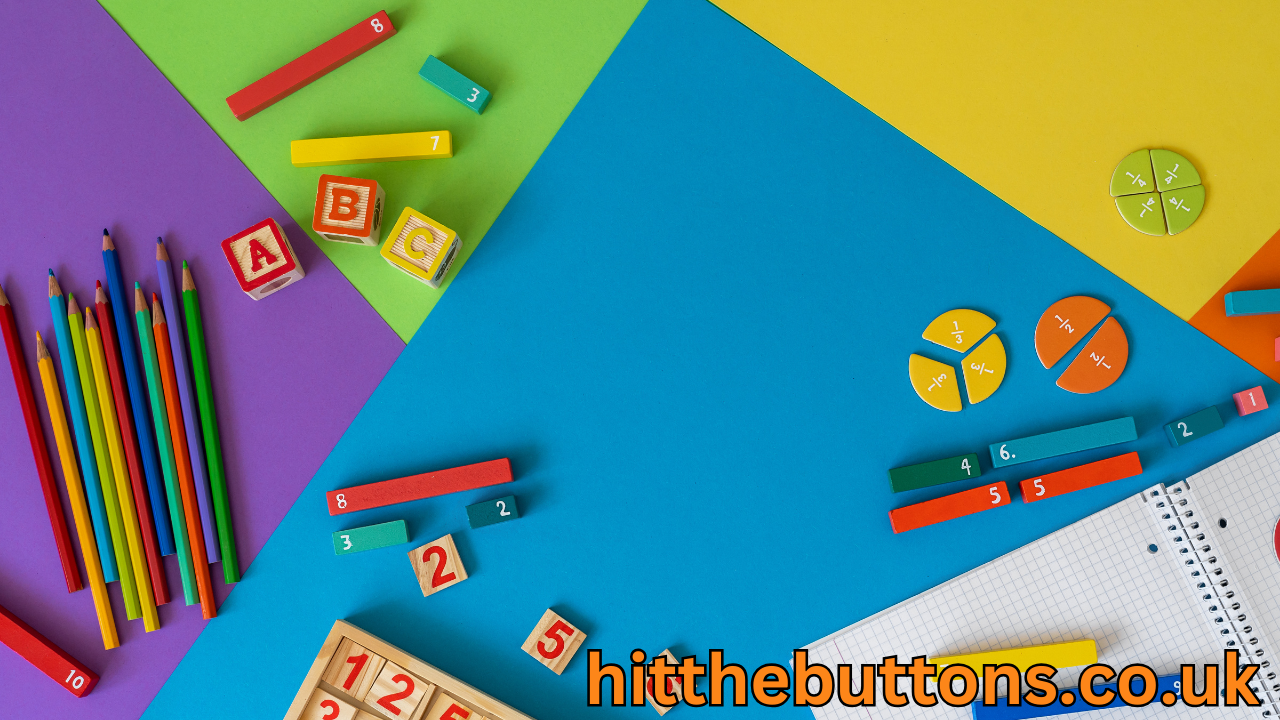Symmetry is all around us; shapes, designs, and even nature showcase its beauty. Teaching it at home can be an enriching and enjoyable process, blending creativity with learning. Home activities to teach the concept of symmetry can make this experience even more engaging. These activities foster visual perception, problem-solving, and spatial awareness.
Practical Ways to Introduce Symmetry
Visual Representations of Symmetry
- Using Mirrors
Mirrors are perfect for demonstrating symmetry. Place a mirror alongside half of a drawing or an object, such as a letter or a shape, and watch the reflection complete the image. - Drawing Symmetrical Patterns
Fold paper into halves, draw half a shape on one side, and trace it over the other. Children can experiment with shapes, numbers, and letters.
Incorporating Nature
- Leaf Symmetry Activities
Collect leaves with interesting patterns. Fold them down the middle to see how each side mirrors the other. - Butterfly Wing Designs
Draw one wing of a butterfly and let children replicate it on the other side to complete the symmetry.
Engaging Art and Craft Activities
Paper Folding (Origami)
- Simple Fold-and-Cut Exercises
Fold paper and cut shapes along the fold. When opened, the paper reveals a perfectly symmetrical design. - Crafting Symmetrical Snowflakes
Create snowflakes by folding and cutting paper in patterns. Each fold ensures that the design mirrors itself.
Symmetry in Painting
- Paint Blot Creations
Apply paint on one side of folded paper and press it closed. Open it up to see a mirrored masterpiece. - Designing Mandalas
Mandalas are excellent for teaching radial symmetry. Use templates or freehand draw with crayons or markers.
Educational Games and Challenges
Building Blocks and LEGO Creations
- Symmetrical Patterns Using Blocks
Use colored blocks to create patterns. Children can mirror the designs on the opposite side. - Mirroring Structures
Build one half of a structure and challenge kids to complete the other side symmetrically.
Symmetry Hunts Around the House
- Finding Symmetrical Objects
Task children with spotting objects that have symmetry, such as a clock or furniture. - Sorting Activities
Categorize items based on symmetrical features, like arranging books or toys.
Interactive Learning with Technology
Symmetry Apps and Tools
- Apps for Drawing Symmetry
Download interactive apps that guide users in creating symmetrical art digitally. - Online Symmetry Puzzles
Websites and games offer puzzles where players match or create symmetrical designs.
Using Videos and Tutorials
Leverage educational videos to demonstrate symmetry with real-world examples.
Everyday Applications of Symmetry
Cooking and Baking
- Decorating Symmetrical Cookies
Use icing to create mirrored designs on cookies. - Cutting and Arranging Fruits
Arrange fruit slices symmetrically on a plate, making meals both educational and appealing.
Home Décor and Organization
- Arranging Furniture Symmetrically
Show balance by setting furniture equally on both sides of a room. - Setting a Symmetrical Dining Table
Place plates, glasses, and cutlery in mirrored arrangements.
Tips for Encouraging Creativity
Allow children to experiment while maintaining symmetry. Encourage activities where they can apply their ideas, blending rules with innovation.
Conclusion
Symmetry is a fun concept to teach, offering endless possibilities to blend creativity and logic. By incorporating it into everyday activities, learning becomes both natural and engaging. Practise maths with Hit the Button and try integrating these techniques into your routine for a rewarding experience.
Home Activities to Teach the Concept of Symmetry FAQs
-
How can symmetry be made engaging for children at home?
Use hands-on activities like crafting, painting, and games to make symmetry visually appealing.
-
What tools are useful for teaching symmetry effectively?
Mirrors, drawing tools, apps, and nature-based materials are great options.
-
Are there symmetry activities suitable for all age groups?
Yes, activities like block patterns and symmetrical designs cater to various age groups.
-
How does symmetry contribute to a child’s cognitive growth?
It improves spatial reasoning, pattern recognition, and visual memory.
-
Can these activities be adapted for group learning?
Absolutely! Symmetry games and collaborative projects are perfect for group settings.
